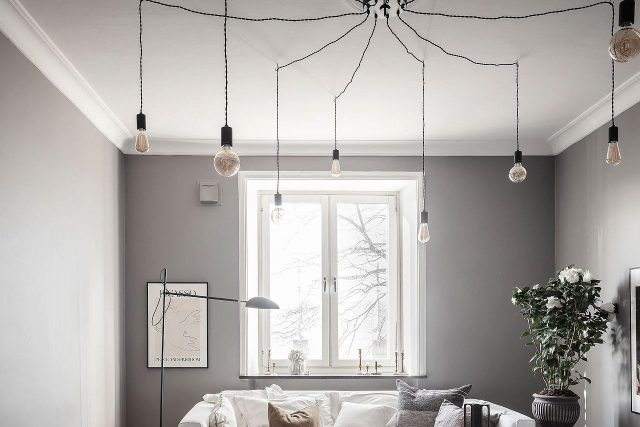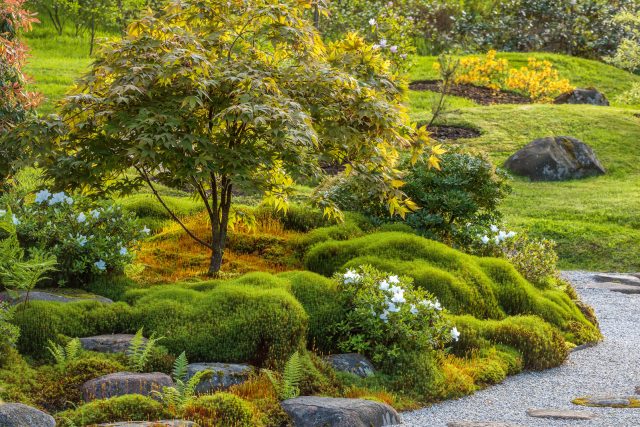The Artistic and Functional Nature of Bird Nests
Birds are known for their ability to create intricate and unique nests that serve both a functional and artistic purpose. The process of building a nest is not simply a matter of finding materials and patching them together, but rather a complex and often creative process that involves careful planning, adaptability, and a keen eye for detail.
The Different Types of Bird Nests
There are various types of bird nests, each designed to cater to the specific needs of the bird species. Some birds, like the bald eagle, build massive nests that can weigh several tons and span up to 10 feet across. Other birds, like the hummingbird, make tiny, cup-shaped nests that fit snuggly into the crook of a branch.
The Function of a Bird Nest
The primary function of a bird nest is to provide a comfortable and secure environment for the eggs and young birds to thrive. The design and location of the nest play a critical role in protecting the eggs from predators and weather elements. Birds often build nests in trees or shrubs for protection, while some others, like the kingfisher, build their nests in holes in cliffs or riverbanks.
The Artistry of Bird Nest Building
Birds have been known to create nests that are not only functional but also strikingly beautiful. The weaving of delicate twigs, feathers, and other materials to create a symmetrical and intricate design is a testament to their artistic abilities. The nests of the weaverbird, for example, are a sight to behold, with complex woven patterns that resemble intricate baskets.
The Importance of Bird Nests in the Ecosystem
Bird nests play a crucial role in the ecosystem by providing a secure space for birds to raise their young. As such, they contribute to the survival of bird species and the overall biodiversity of the environment. Nests also provide a habitat for other insects and arthropods, which in turn, serve as food for other animals.
The Threats to Bird Nests
Unfortunately, bird nests are under threat from a variety of factors, including habitat loss, climate change, and human activities. The destruction of natural habitats and the use of pesticides have led to a decline in bird populations and a reduction in the number of suitable nesting sites. As such, it is essential that we take steps to protect these habitats and conserve the natural resources that birds need to build their nests.
In conclusion, bird nests are not only functional but also works of art that showcase the creativity and adaptability of these remarkable creatures. From the massive nests of the bald eagle to the delicate baskets woven by the weaverbird, each nest serves a unique purpose and is a testament to the ingenuity of these creatures. As such, it is essential that we do our part to protect these habitats and ensure that birds continue to thrive in our ecosystems.



Hottest Posts
Floor lamp
Enhance Your Space with a Swing Arm Floor Lamp
Pendant light
Discover the Stunning Nordic Grape Chandelier
Table lamp
Rustic Charm: Country Style Table Lamp
Table lamp
Rustic Charm: Country Style Table Lamp
Floor lamp
Embracing Wabi-sabi: Ceramic Floor Lamp
Floor lamp
Embracing Wabi-sabi: Ceramic Floor Lamp